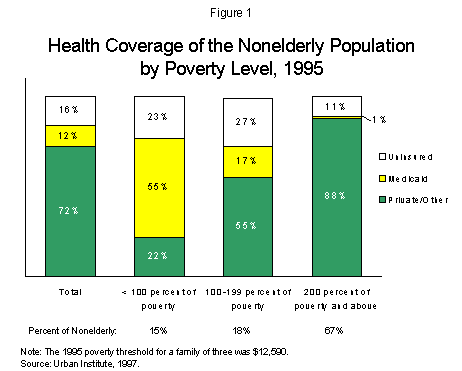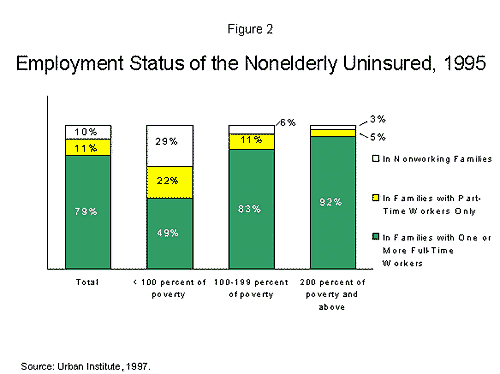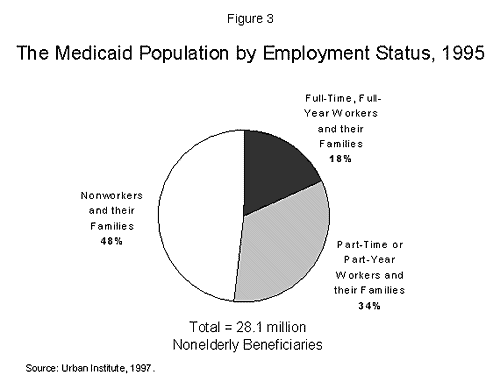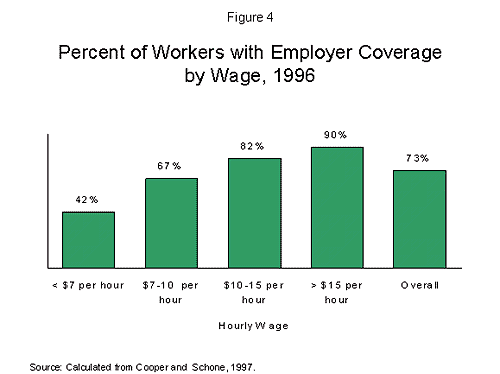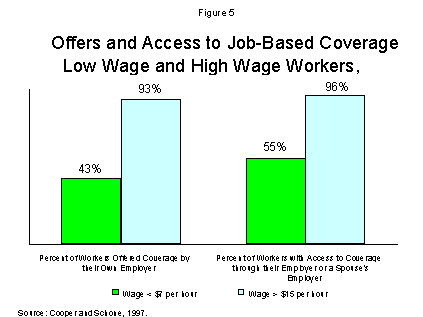Sex in the 90s: 1998 National Survey of Americans on Sex and Sexual Health – Toplines/Survey
Sex In The 90s:Kaiser Family Foundation/ABC Television 1998 National Survey of Americans on Sex and Sexual Health
Methodology:The Kaiser Family Foundation and ABC Television 1998 National Survey of Americans on Sex and Sexual Health is a random-sample telephone survey of 1,204 adults 18 and older living in the United States. It was designed by staff at the Foundation and Princeton Survey Research Associates (PSRA) and conducted by PSRA between April 24 and May 10, 1998. The margin of sampling error is plus or minus 3 percentage points.
Questionnaire and Toplines
INTRODUCTION: Hello, my name is _______ and I’m calling for Princeton Survey Research of Princeton, New Jersey. We are conducting a national opinion survey about some important social issues, like health and family.
First, I have some questions about some social issues in this country . . .
1. Unplanned pregnancy and sexually transmitted diseases are bigger problems in the United States than in many other Western countries, and people have many different explanations for why this is so. Please tell me whether YOU think each of the following contributes a lot, some, only a little or not at all to these problems in the U.S.
A lot Some Only a little Not at all DK/Ref. a. A lack of openness about sex and sexual issues 35 34 15 12 4 =100 b. Poverty and poor education 46 29 15 8 2 =100 c. A decline in moral values 65 20 8 5 2 =100 d. Too much casual sex in the movies and on TV 55 25 13 6 1 =100 e. Inadequate sex education in the schools 32 32 20 13 3 =100 2. Do you think the way TV programs show sex and nudity tends to ENCOURAGE irresponsible sexual behavior, DISCOURAGE irresponsible sexual behavior, or don’t you think it has much effect on people’s sexual behavior?
74 Encourages irresponsible sexual behavior 3 Discourages irresponsible sexual behavior 20 No effect 3 Don’t know/Refused 100 3. In your opinion, if TV characters in entertainment programs are talking about or engaging in sexual activity, should they talk about condoms or make other references to “safer sex,” or NOT?
77 Should 18 Should not 5 Don’t know/Refused 100
4. How well do you think the way sex is usually shown on TV and in the movies reflects your own sex life?Would you say . . .
3 Very well 16 Somewhat well 23 Not too well 50 Not well at all 8 Don’t know/Refused 100
5. To what extent do you think TV and movies send the message that. . . (INSERT). Do you think TV and movies send this message a lot, somewhat, only a little, or not at all?
A lot Some Only a little Not at all DK/Ref. a. To have a great sex life you must changepartners often 41 29 14 14 2 =100 b. You can have spontaneous sex without worryingabout the consequences 53 25 11 9 2 =100 c. Only thin, beautiful people can have great sex 53 22 8 14 3 =100 d. Older adults can have great sex 14 31 33 19 3 =100 e. To have a “normal” sex drive means alwaysbeing in the mood for sex 41 31 13 12 3 =100 READ: On a different topic . . .
6. Do you have any children — either adult children or children who are still growing up?
70 Yes, have children 30 No children * Refused 100
7. Are any of your children age 18 or under?
40 Yes, have children age 18 or under 30 No children under 18 0 Don’t know/Refused 30 Have no children at all/DK/Ref 100
8. Starting with the older, please tell me the ages of your children who are age 18 or under.RESULTS NOT REPORTED
AGE OF TARGET CHILD:
49 8-12 51 13-18 100 READ: Please answer the next few questions thinking about your (AGE) year old . . .
9. Have you ever had a conversation about a sexual issue with your (AGE) year old because of something one or both of you saw . . .
Based on parents with at least one child age 8 to 18, (target child chosen randomly for those with more than one child in age range); n=329
Yes No DK/Ref. a. On the news 63 36 1 =100 b. On a television show 70 30 0 =100
10. Thinking about the last time you had a conversation because of something you saw on television, which comes closer to how you felt …
Based on parents who had a conversation about a sexual topic with target child because of something on TV; n=257
65 It was a good opportunity for you and your child to talk about sexual issues 31 It raised a sexual issue you did not want to talk about with your child at that time 4 Don’t know/Refused 100 11. Thinking about sexual content on television. . . Have you ever (INSERT) because of sexual content you saw (on TV)?
Yes No DK/Ref. a. Q11a based on parents with at least one child age 18 or under; n=491Not allowed (one of your children/your child) to watch a certain show 76 24 * =100 b. Q11b-f based on totalTurned off the television 60 39 1 =100 c. Talked to a health care provider about a sexual topic 46 52 2 =100 d. Talked to a health care provider about a sexual topic 9 91 0 =100 e. Had a conversation with a sexual partner about a sexual topic 44 54 2 =100 f. Tried something new sexually 13 85 2 =100
READ: Next I have some questions about sex education . . .
12. In general would you say that young people today get information about sex and birth control at…
22 About the right time 24 Too soon 47 Too late 7 Don’t know/Refused 100
13. In general do you SUPPORT or OPPOSE sex education courses being taught to . . .
Support Oppose DK/Ref. a. High school age students — that is children age 15 to 18 85 12 3 =100 b. Junior high school age students — that is children age 12 to 14 76 21 3 =100 c. Elementary school age students — that is children 6 to 12 35 60 5 =100
14. If sex education is taught in HIGH SCHOOLS, do you think it should or should not…
Should Should Not DK/Ref. Sex education should not be taught at all a. Tell young people NOT to have sexualintercourse before marriage? 68 27 4 1 =100 b. Tell young people who ARE sexually activeto use protection, such as condoms, to prevent against pregnancy and disease? 92 5 2 1 =100 c. Teach the basic facts of human reproduction? 94 4 4 1 =100 d. Discuss how to know when you are readyto have sex? 74 19 6 1 =100 e. Discuss how to talk about sex with a partner? 74 21 4 1 =100
15. Some people believe that whether or not young people are sexually active, they should be given information to protect themselves from unplanned pregnancies and sexually transmitted diseases. Others believe that telling young people about birth control and sexually transmitted diseases only encourages them to have sex. Which come closer to your view?
83 They should be given information 14 Information only encourages them to have sex 3 Don’t know/Refused 100
Sex In The 90s:Kaiser Family Foundation/ABC Television 1998 National Survey of Americanson Sex and Sexual Health:Survey Part One Part Two Part Three ABC Television
